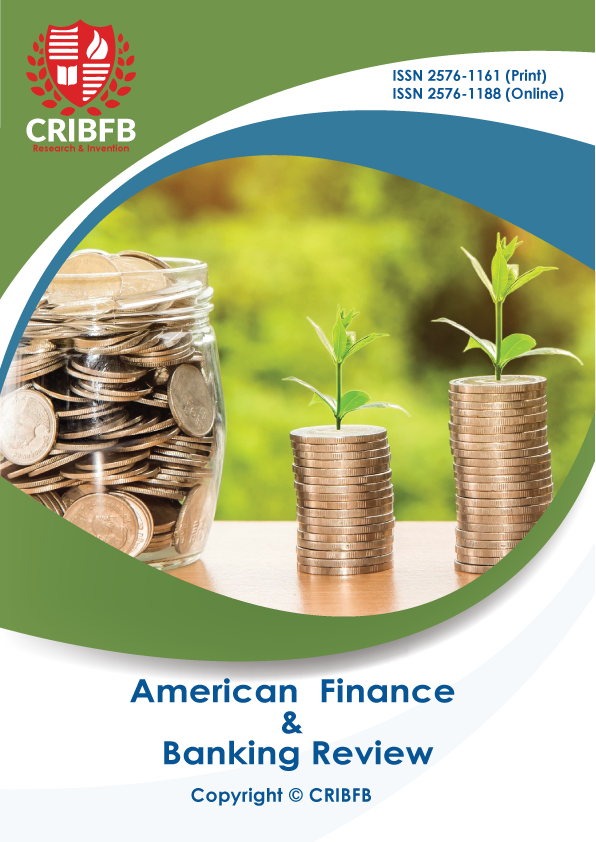Financial Stability Implications of Stress Testing for Risk Taking and Credit Growth
Main Article Content
Abstract
This paper examined the literature on financial stability implication of stress testing for risk-taking and credit growth in banks.Macro prudential considered one of the most stress testing tools by Applying countercyclical Macro prudential tools to build up capital buffers in good times that can be run down during bad times. But to improve timing, monitories authorities may need to develop a comprehensive framework to monitor Macro prudential conditions and establish appropriate warning and trigger thresholds. Regarding scope, they examine the entire financial system. This entity contributes to fire sales whose default has follow-on effects, or which can exacerbate a credit crunch that is included. Liability Considerations contain a Scale of wholesale funding that is run-prone is paramount. Capital adequacy depends on the health of the overall financial system. For asset Considerations, the test indicates whether the financial system is vulnerable to deleveraging that might amplify adverse shocks, at the end authorities' development guidance about whether to close a bank and when to sell its assets to maximize taxpayer recovery. We have concluded that the financial stability implications of stress tests for risk-taking and credit growth among banks are the following: A reduction in credit is a feature on stress tests. Post-crisis reforms traded the expectation of lower credit growth for reducing the probability that the larger banks would fail. This has a high negative impact on the economy. Higher capital requirements for the larger banks have prompted a reduction in the supply of credit, especially to riskier borrowers. Smaller banks have increased their share of local market-wide lending, and larger businesses have seen quite generous credit availability in bond and leveraged loan markets. Consider the structure of the financial system and its complexity long the levels of economic integration and openness.




